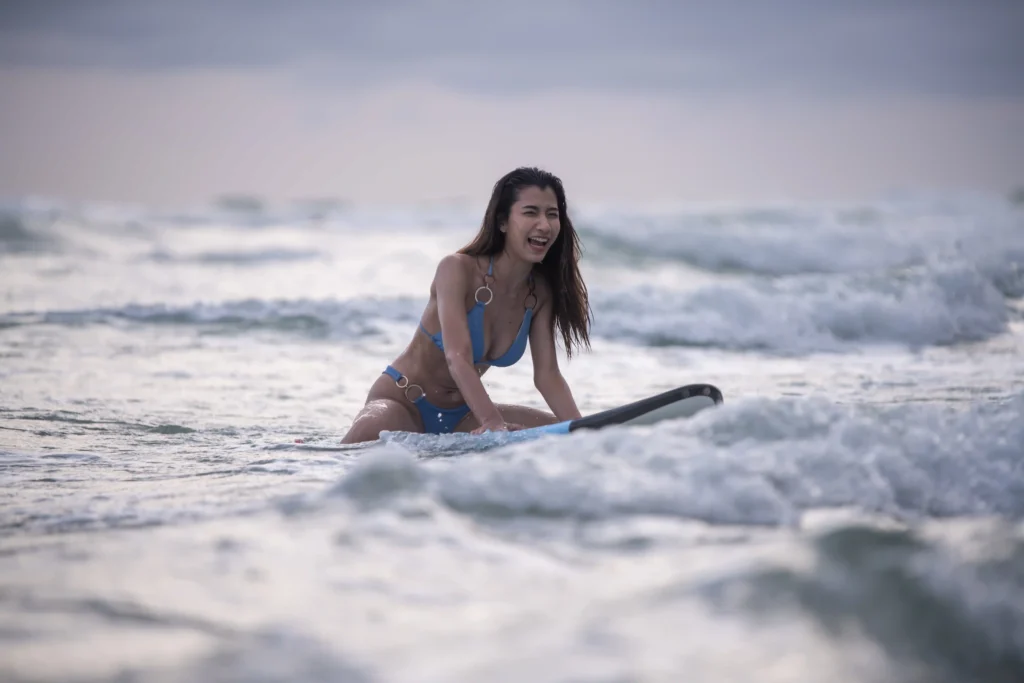Surfing on the East Coast is more than just riding waves—it’s a vibrant trend that’s winning over water sports enthusiasts of all ages. The region’s stunning shorelines and welcoming waves make it a prime destination for beginners eager to catch their first wave. Whether you’re a local or visiting for a coastal escape, surfing offers an exhilarating way to connect with the ocean.
However, before you hit the water, choosing the right beginner surfboard for your skill level and local conditions is crucial. The perfect board can elevate your surfing experience, boosting both your skills and confidence.
This guide will explore key factors for selecting best beginner surfboards tailored for the East Coast, understand local surfing conditions, and provide top board recommendations to kickstart your surfing adventure with the best gear. Dive in and start your journey of wave-riding bliss on the East Coast
Table of Contents
Understanding the East Coast Surfing Conditions
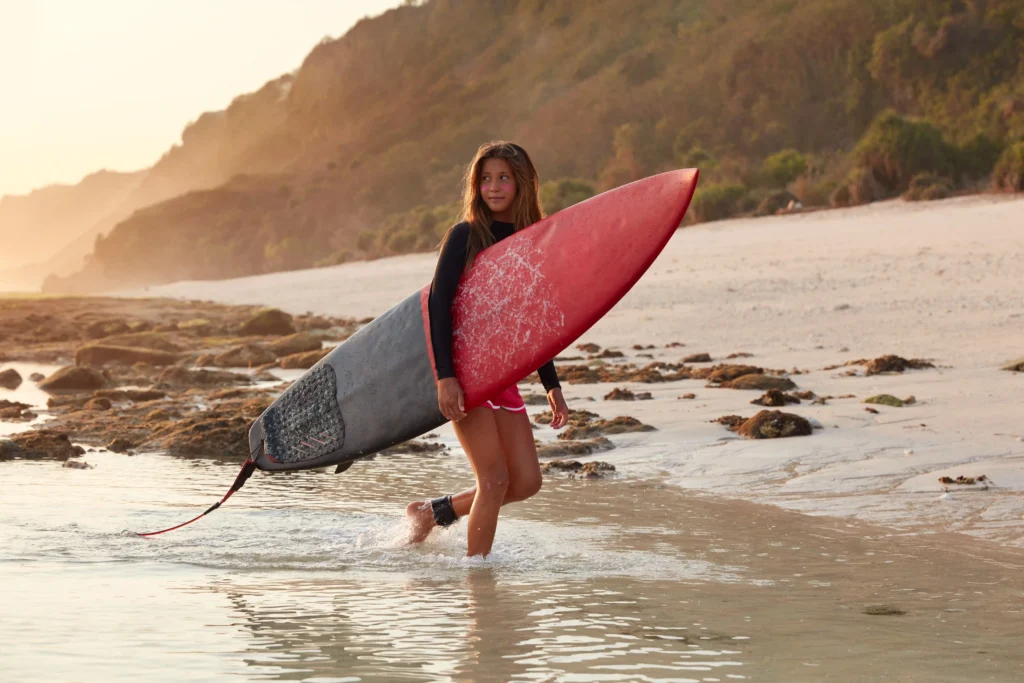
Surfing on the East Coast offers a perfect playground for beginners, thanks to its gentle waves compared to the West Coast’s mighty surf. This region’s diverse wave types and seasonal shifts make it ideal for honing your skills. In summer, you’ll find smaller, more manageable waves, while fall and winter bring larger swells for those ready to tackle a challenge.
Paying attention to tides can also enhance your experience, with low tides often providing the best conditions for newcomers. Weather factors like wind and temperature play a crucial role too, as calm, warm days are perfect for learning and balancing on your board.
Selecting the right surfboard is essential to navigate these conditions, ensuring you have a safe and enjoyable ride. Whether you’re catching summer rollers or braving autumn swells, the East Coast is a top spot for surfers looking to start their wave-riding journey.
Types of best Surfboards for Beginners east coast
- Longboards: Ideal for East Coast beginners, longboards are over nine feet long, offering excellent stability and ease for catching small-to-medium waves. Their large surface area makes balancing a breeze, though they can be cumbersome to carry and maneuver in busy spots.
- Shortboards: Better suited for advanced surfers, these boards are shorter and lighter, perfect for quick maneuvers and fast wave riding. While they require more skill and control, they’re easier to transport and offer an exciting challenge as your skills progress.
- Soft-Top Boards: A fantastic choice for novices, soft-top boards are cushioned with a foam exterior, making them forgiving and safe while learning. They’re tough and handle knocks well, promoting confidence and skill-building for East Coast surfers.
- Hard-Top Boards: Made from fiberglass or epoxy, these boards deliver superior performance but demand careful handling to avoid damage. As skill improves, they offer a thrilling step-up for surfers eager to enhance their technique.
Choosing the right surfboard can make all the difference for beginners on the East Coast, with options tailored to offer stability, ease of use, and the ability to grow skills in a fun and engaging way.
Our Recommendation for Top Beginner Surfboards
WaveStorm 8′ Classic Soft Top
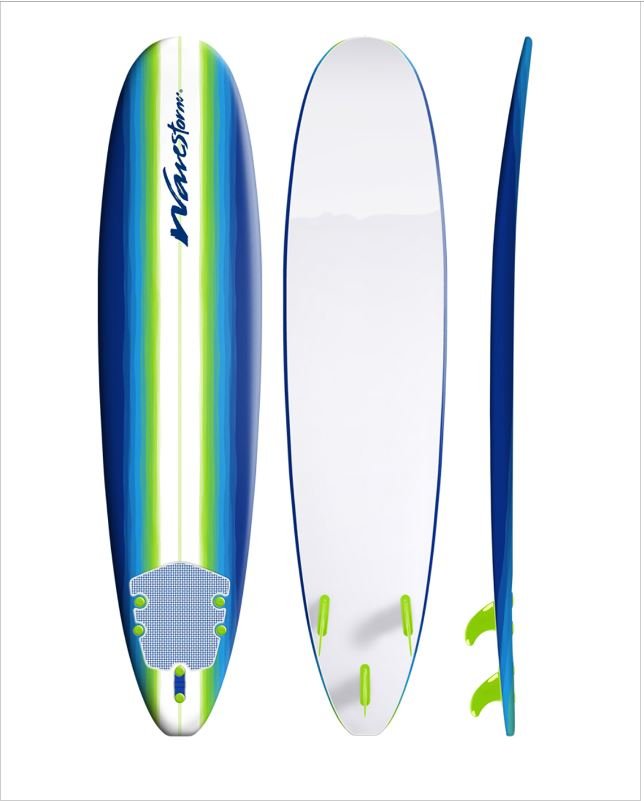
- Pros: Excellent stability, easy to use, lightweight, durable, ideal for East Coast conditions.
- Cons: Limited maneuverability, not suitable for larger waves.
Catch Surf Odysea Log 7’0″
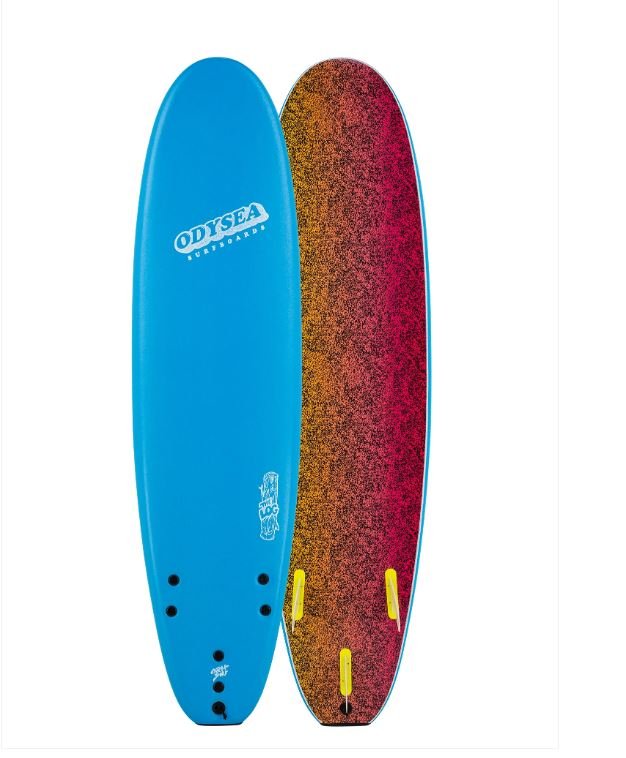
- Pros: High buoyancy, forgiving for beginners, durable soft-top, classic longboard shape, easy on small waves.
- Cons: Can be cumbersome for more advanced maneuvers, heavier than some other options.
South Bay Board Co. Premium Soft Top Surfboard
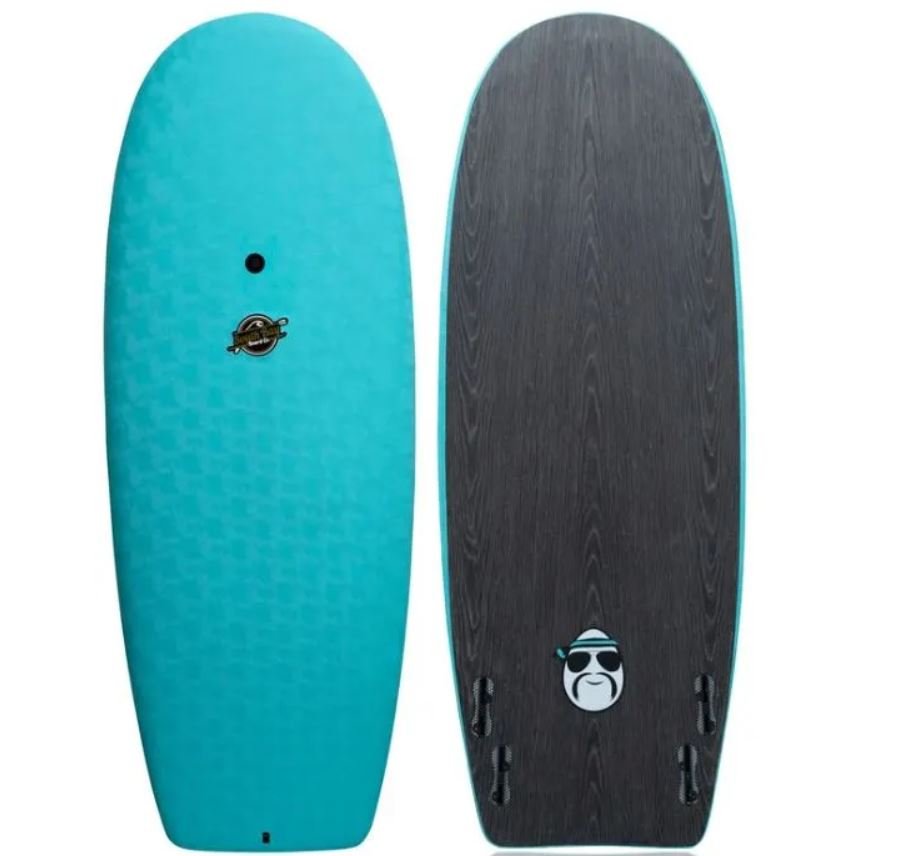
- Pros: Durable, good performance, foam top, slick bottom for better glide, handles East Coast waves well.
- Cons: May be pricier than other beginner boards, slightly heavier.
Giantex 6′ Surfboard
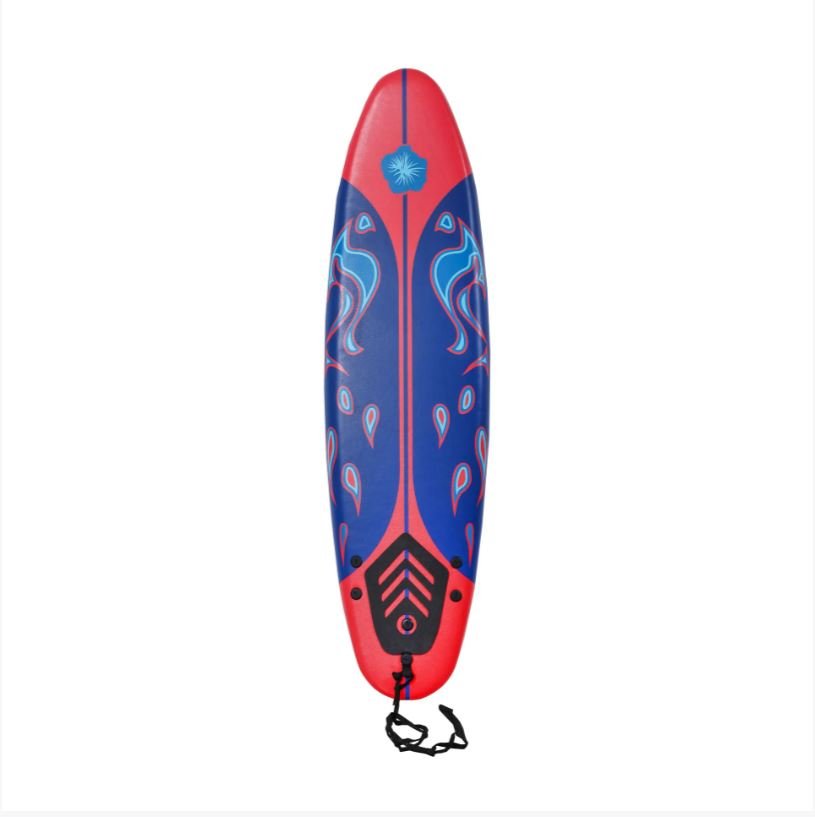
- Pros: Compact, easy to transport, stable, maneuverable, safe foam construction.
- Cons: Less stable in larger waves due to shorter length, limited performance for advanced skills.
Liquid Shredder FSE Soft Surfboard
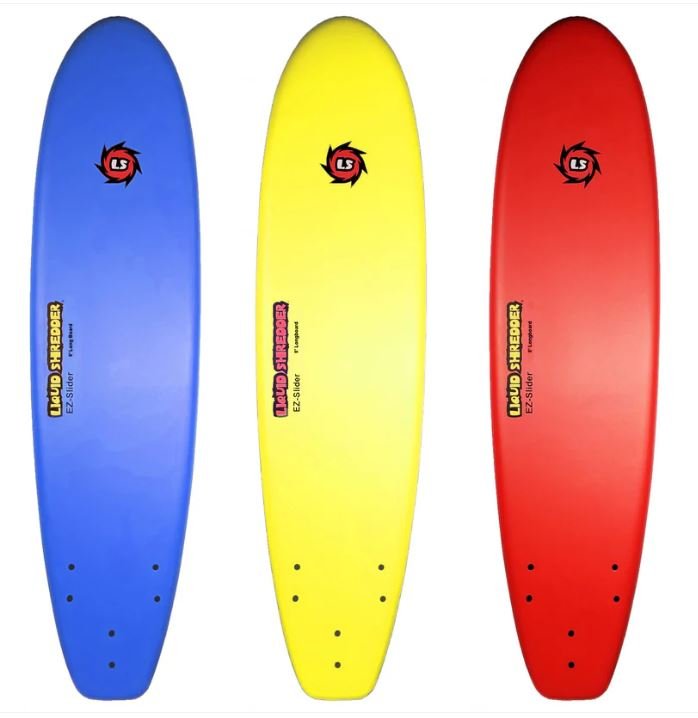
- Pros: Lightweight, durable, versatile, good quality and value, handles variable East Coast conditions.
- Cons: Foam construction may wear over time, not ideal for larger, more aggressive waves.
Tips for Choosing the Top Beginner Surfboards
Choosing the right surfboard is more than just picking a brand. Here’s how to find your perfect match for East Coast surfing:
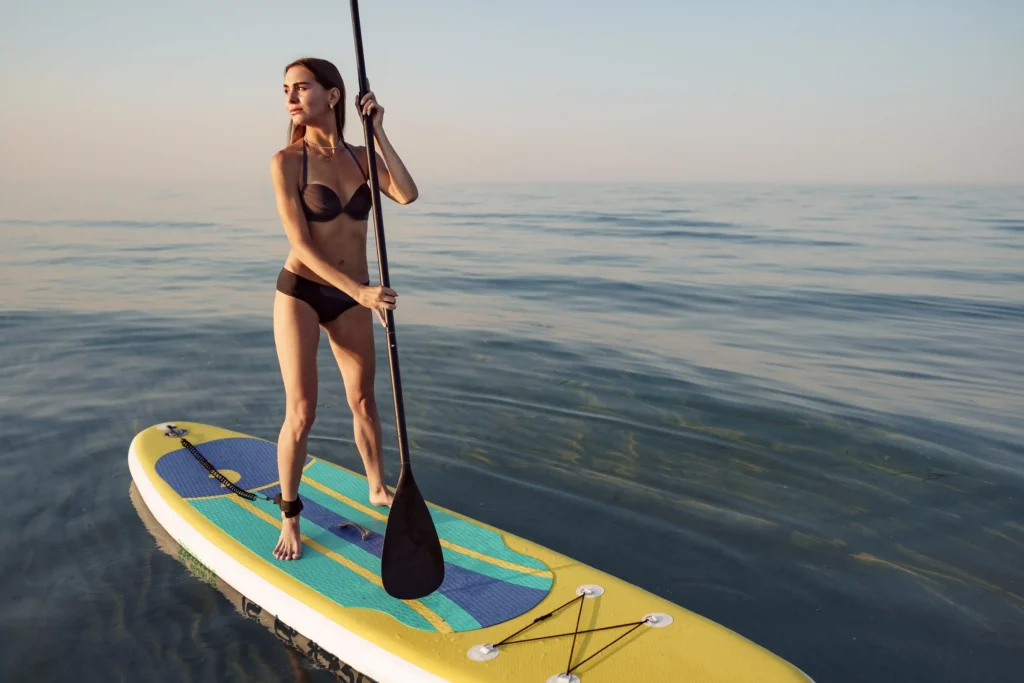
- Board Size: Go for a longer, thicker board if you’re new. Aim for at least eight feet to help with balance and paddling.
- Fins: Start with a three-fin setup for a good mix of stability and control. As you learn, try out different setups to see what feels right.
- Rent or Buy?: New to surfing? Rent first! It’s a great way to test different boards without spending big. Once you find “the one,” investing is totally worth it.
Maintaining Your Surfboard
Proper maintenance is key to ensuring your surfboard lasts through countless surf sessions. Here are some tips to keep your board in top condition:
- Rinse After Use: Saltwater can corrode materials over time. Rinse your board with fresh water after each use to prevent damage and maintain its appearance.
- Store Correctly: Avoid leaving your board in direct sunlight or extreme temperatures, which can weaken the materials. Store it in a cool, shaded area, using a board bag for added protection.
- Check for Damage: Regularly inspect your board for dings or cracks. Repair any issues promptly to prevent water from seeping in and causing further damage.
Conclusion
Surfing on the East Coast is a great chance for beginners to dive in and learn in a friendly setting. Picking the right surfboard is crucial—it sets you up for a fun and successful surfing experience. Whether you choose a longboard, shortboard, soft-top, or hard-top, each choice helps you get closer to mastering the waves.
Remember, the secret to becoming a skilled surfer is practice, patience, and having the right gear. So, jump in and start your surfing journey on the East Coast—where every wave is an opportunity to learn and get better.
FAQ
1. What is the best surfboard size for beginners on the East Coast?
Beginners should look for a surfboard that is at least eight feet long. A longer board provides more surface area, which makes it easier to balance and paddle.
2. Should I start with a soft-top or hard-top board?
A soft-top board is recommended for beginners. Its foam exterior provides more forgiveness and safety while learning, making it ideal for building confidence on the waves.
3. How do I know if a surfboard is too small for me?
If you find it difficult to balance or paddle, or if you constantly struggle to catch waves, your surfboard might be too small. Consider opting for a longer and thicker board for better stability.
4. Can I use the same surfboard for different wave conditions?
While a versatile board like the Liquid Shredder FSE Soft Surfboard can handle variable conditions, it’s important to match your board to the typical wave size and power of your surfing location for best performance.
5. How often should I check my surfboard for damage?
You should inspect your surfboard for dings or cracks regularly, ideally after each session. Prompt repairs can prevent water logging and extend the lifespan of your board.
For more personalized guidance, visiting local surf shops can provide valuable insights tailored specifically for East Coast surfing enthusiasts.
